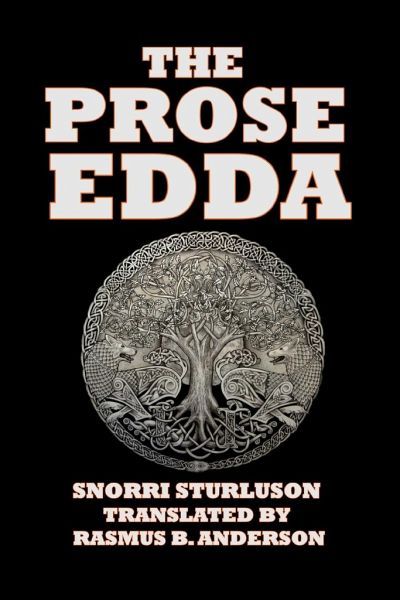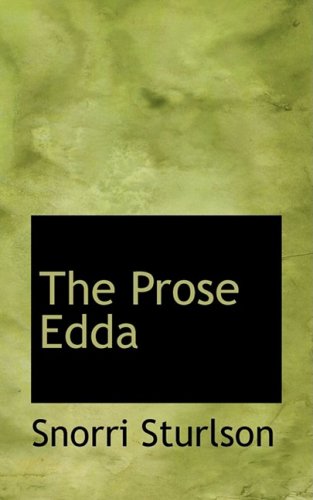
This might explain why earlier efforts to find a single archetype for the Edda as a whole have hitherto been more or less in vain: The likelihood is that for Edda as a whole there was not just one archetype but it is more a question of three works which were later assembled into one, along with a Prologue which may have previously accompanied a version of Gylfaginning. As is shown, there is good reason for postulating that the corpus of tales that lies behind Gylfaginning was probably essentially gathered during Snorri’s years in Oddi (1180–1198) and that this might also apply to the corpus of stanzas and lists of kennings that form the lion’s share of Skáldskaparmál, even if the final touches to these didactic works was written later, perhaps during Snorri’s years in Reykjaholt (after 1206 and before the visit to Norway in 1218). On the basis of the discussion conducted here of the potential connection and lack of connection that exists between Háttatal, Skáldskaparmál, Gylfaginning and the Prologue, the conclusion is that as several Icelandic scholars have earlier hinted, it is necessary for future scholars to carry out more research into the various parts of the Edda as individual works rather than as a whole. The present article begins by investigating the arguments that lay behind Wessén’s conclusions and finds them to be very weak.

This theory has also played an important role in the dating of Edda.

Since Elias Wessén’s facsimile edition of the Codex Regius of the Younger Edda (1940) most scholars have agreed (if a little hesitantly) with his theory that the Prose Edda was composed back to front, and that Háttatal was the first part to be written. 189-232 Article in journal (Refereed) Published Abstract


 0 kommentar(er)
0 kommentar(er)
